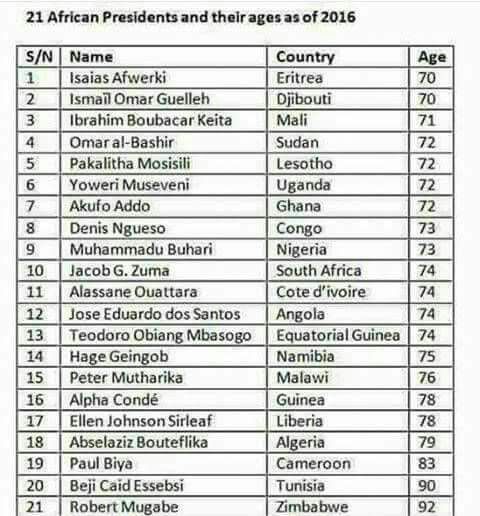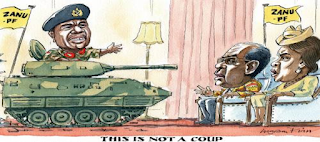THE CASE OF ABRAHAM LINCOLN'S ASSASSINATION
Time: April 1865
Crime: John Wilkes Booth shot President Lincoln in the state box at Ford's Theatre in Washington, D.C., jumped onto the stage, and escaped through the back of the theater—dramatically changing the course of our nation's history with a single bullet.
Evidence: Booth dropped his gun in the state box. The recovered gun was a single-shot pistol with a black walnut stock inlaid with silver, manufactured by the Henry Deringer Company of Philadelphia, Pennsylvania. It was placed on display at the Ford's Theatre National Historic Site in 1940.
Did the gun go missing?Possibly. In 1997—132 years after Lincoln's death—the authenticity of the pistol on display was called into question when the estate of a member of a Northeastern U.S. burglary ring was settled. Members of the ring had allegedly stolen the original Booth pistol in the 1960s—when security at the theater was less vigilant than it is today--and replaced it with a replica.
Who did the National Park Service call to find out if they had the real thing or a fake? You guessed it. The FBI. Specifically, the FBI Laboratory.
The lab's assignment? To determine beyond a reasonable doubt whether the Deringer pistol displayed at Ford's Theatre was the same pistol pictured in pre-1960s historical photographs of the gun.
Let the tests begin. After a National Park Police captain hand-carried the firearm from Ford's Theatre the half-block to FBI Headquarters—where our lab was then located—the lab's Firearms-Toolmarks Unit conducted a series of physical analyses of the pistol, comparing it to other pistols of similar style and caliber. Because its age and historical value precluded test-firing it, a dental material was used to make a cast of the inside of the barrel and other internal parts. Meanwhile, the lab's Special Photographic Unit superimposed images of the Deringer on historical photographs.
The results? Physical examination revealed a number of imperfections to the display pistol that were unique to the firearm. The most significant was a major crack in the forestock of the gun, which bore evidence of previous repair. The cast of the barrel revealed a counterclockwise rifling (or left twist), which was unusual for that make of gun.
Photographic superimpositions using the Deringer pistol and images from the 1930s demonstrated a close correspondence between them, with unique characteristics such as the crack in the stock, swirl patterns in the grain of the stock, and pit marks on the barrel visible in both.
These and other comparisons led the lab to conclude that the Deringer pistol displayed at Ford's Theatre is the real thing, which you can still see there today.






Comments
Post a Comment